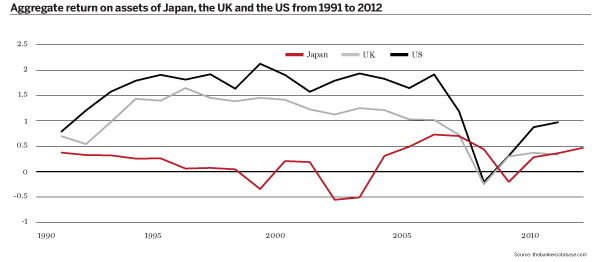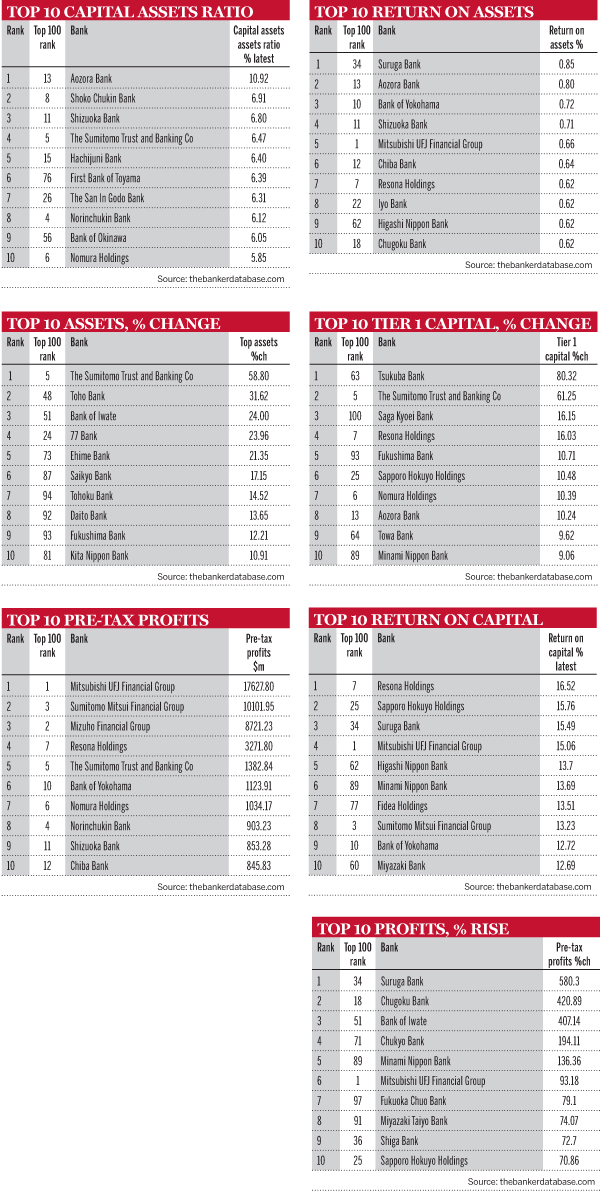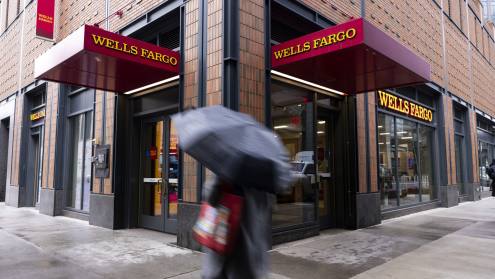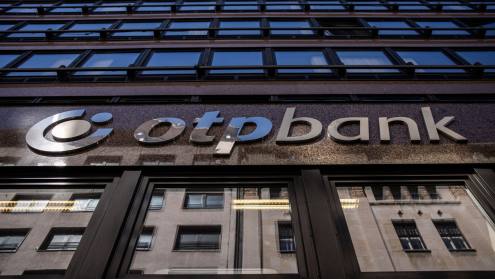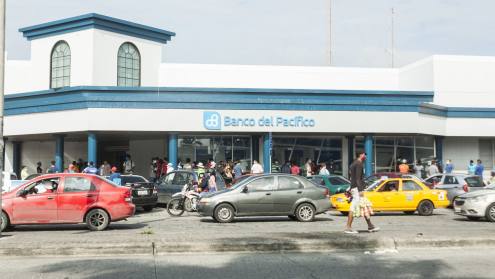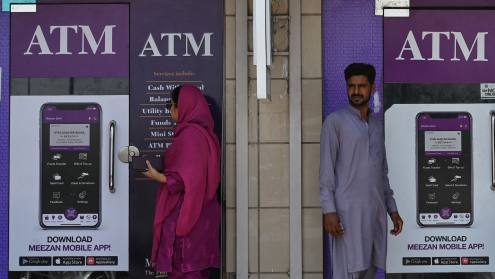On the global stage, it is easy to forget Japan’s banks, which are often eclipsed by the more dramatic stories of Europe’s downfall and China’s climb up the global bank rankings.
Japan’s banks have held steady and are characterised by their stability. While the top banks are losing their places at the top of the global rankings to their Chinese rivals, overall, Japan’s banks are holding their own. And even within the Top 100 Japanese Banks rankings – ordered by Tier 1 capital – the banks have held their relative positions without any dramatic leaping up through the rankings that are common in more rapidly developing markets.
Japan's risers
Tsukuba Bank had the biggest Tier 1 capital change among Japan's banks, rising from last year’s 85th place to 63rd. It had a Tier 1 capital change of 80.32% to $1.03bn and was one of the few banks in Japan to rise so many places. The Sumitomo Trust and Banking Co was also notable because of a large Tier 1 capital change of 61.25% to a $25.87bn, putting it in fifth place nationally, climbing two places from seventh last year.
Meanwhile, there has been little change among the country's megabanks, with the top four remaining at the top of the rankings. These four – Mitsubishi UFJ Financial Group, Mizuho Financial Group, Sumitomo Mitsui Financial Group and Norinchukin Bank – are also ranked in the same order when they are measured in terms of their assets.
Mitsubishi UFJ maintained its lead position with Tier 1 capital of $117.02bn and assets of $2664.17bn. Mizuho Financial Group, trailing in second place, has moved up one place since last year, with Tier 1 capital of $77.88bn and assets of $2012.91bn. It has switched places with Sumitomo Mitsui Financial Group, which was in second place last year and is now in third position.
Mitsubishi UFJ still features in the top 10 of The Banker's Top 1000 World Banks, but it has slipped down from fifth place last year to seventh in the 2012 rankings published in our July issue. As well as being Japan’s top bank, Mitsubishi UFJ also features in a number of the other national top 10 tables and scores well in terms of profits, profits change, return on capital, return on assets (ROA) and cost-to-income ratios.
Exceeding expectations
These rankings take their figures from the Japanese financial year, which ended in March 2012, and so includes the impact of the earthquake and nuclear disaster that hit the country March 2011. The large rises in profits and the overall performance of Japanese banks has perhaps been better than many would have expected given the impact of the disasters, with the country's top three banks topping the tables for overall profits.
Mitsubishi UFJ, which has the largest profits, came fifth in the ROA table, recording a figure of 0.66%. The highest scoring bank for return on assets is Suruga Bank – ranked 34th in Japan by Tier 1 capital – with an ROA of 0.85%. In second place is Aozora Bank, which is ranked 13th overall in Japan, with an ROA of 0.8%.
These performances pale into insignificance when compared to the highest ROA figures in the global rankings. The highest scoring bank for ROA in The Banker's Top 1000 World Banks ranking was Franklin Resources from the US, which is ranked 162 in the world, which has an ROA of 20.3%.
The comparison of average ROA figures from banks in the US, the UK and Japan shows that from the early1990s, Japan has been on a downward trajectory in terms of its banks' return on assets, with a double-dip following the Asian financial crisis of 1997. The average ROAs of Japan’s banks are below the 0.5% mark. The average ROAs of the US and the UK, however, were at a higher level until 2008, when they dropped dramatically. While the recent US figures have bounced back to a higher level, the UK and Japan’s average ROAs are at about the same level, raising the question of whether Japan will be able to maintain its recent upward momentum and overtake the likes of the UK.



